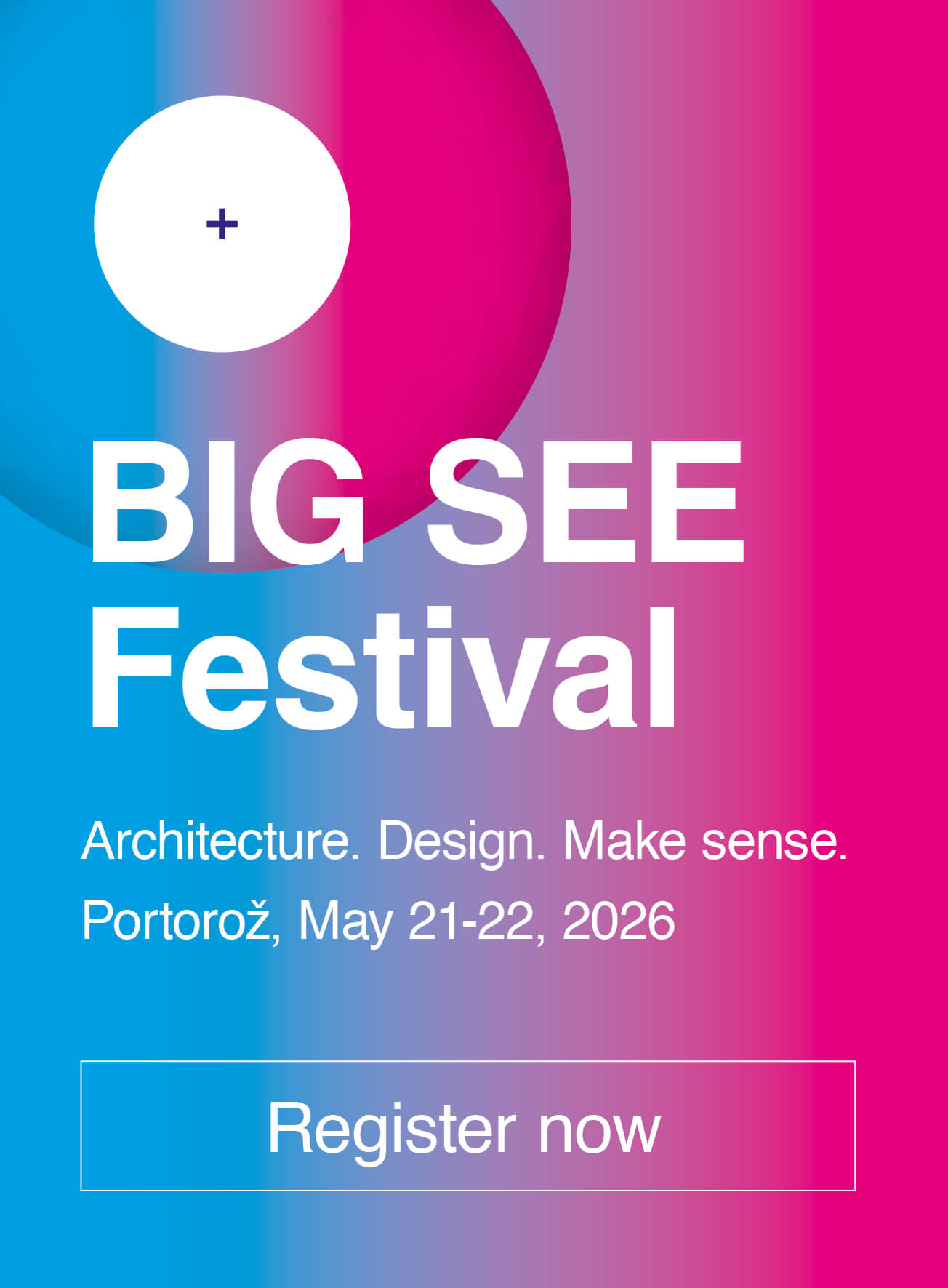
Sara Stojkanović, Montenegro

Nominator: Ivan Milošević
Nominator's statement
Sara Stojkanović (1998) has worked in Europe, Asia and Africa. Her fieldwork and project-based practice focus on regenerative systems, humanitarian architecture and participatory design. She is the recipient of several international awards and the first scholarship training awardee (by Snøhetta, Foster&Partners, SANAA, David Chipperfield Architects and Herzog & De Meuron) & Pritzker Laureates-mentored architectural fellow, through which she continues her professional collaboration with Snøhetta. In 2023, she founded the humanitarian Change Agency Umoja Maono in East Africa, focusing on sustainable interventions that strengthen the social and ecological resilience of local communities. Through UMHO, she pioneers a model of community-led regeneration by identifying, empowering and connecting changemakers -over 90% of whom are indigenous women, to form self-governing CBOs that autonomously drive environmental regeneration and manage the centers they co-build. She designed and led the implementation of the first community-led regeneration centre in Tanzania (Maasai, Ormame, Kilimanjaro, 2024),integrating local resources and practices through participatory design processes. She has also designed for refugee centres in Zambia (2022) and women's shelters and operations centres in Kenya (2025).Since 2018, she has been the National Coordinator for EASA, an affiliate of RIBA. She is a producer and director of documentary-humanitarian films that explore the relationship between space and communities in Montenegro and abroad.
COMMUNITY REGENERATION CENTER, ORMAME, TANZANIA

Built in 2024 within the cultural and ecological threshold between Kilimanjaro and Meru, Tanzania’s first Community Regeneration Centre, Ormame, emerges as a pioneering model of community-led development - responding to urgent cultural rupture, ecological erosion, and gender-based harm. As over 40% of the Maasai population faces displacement and fragmentation of heritage, while countless girls endure forced early marriage and harmful practices in the name of cultural preservation - Ormame reclaims architecture as an instrument of socio-cultural resilience rather than mere shelter.
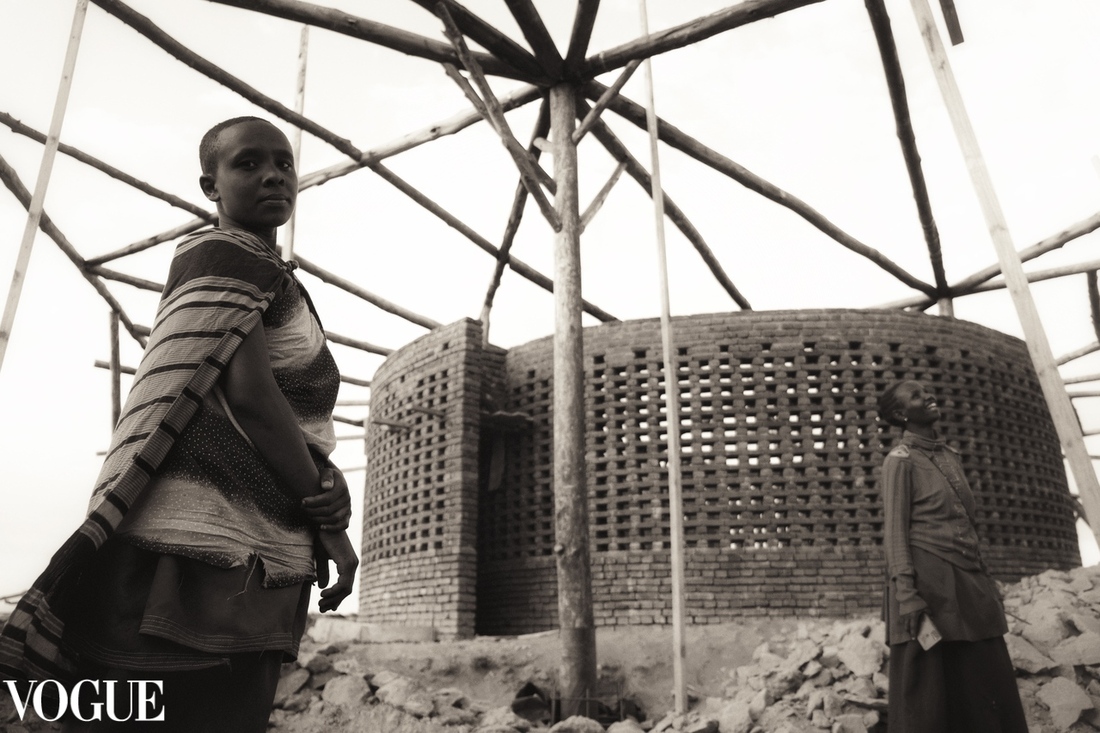


EPISTEMOLOGIES OF INTENTION AND ENCOUNTER: PROPOSAL OF A NEW SETTLEMENT FOR A DISPLACED MAASAI TRIBE OF NGORONGORO

Emerging from a year of embedded, in-situ research - living across Tanzania with Maasai communities - this project proposes a radical, replicable alternative to state-imposed resettlement models. As nomadic communities are forcibly relocated into rigid, gridded housing along the Tanga coast, their socio-cultural, economic, and ecological systems are being dismantled under globalization processes. In response, this project offers a culturally coherent spatial framework - rejecting imposed concrete typologies in favor of an architecture rooted in indigenous knowledge, spatial memory, and ecological intelligence.
Developed for a 59-hectare site in Misima, the plan responds to displacement from Ngorongoro by reinterpreting traditional boma logic into a self-organizing, concentric village structure. Eleven radiating segments house extended clans, preserving ancestral hierarchies while introducing infrastructural autonomy: agricultural zones, water, and energy systems. Fractal geometries drawn from Maasai vernacular guide both micro and macro scales of growth, enabling resilience, adaptation, and interdependence.
More than a settlement, this is a spatial constitution - one that encodes identity into form, transforms resettlement into regeneration, and frames architecture as an act of resistance, preservation, and self-determined continuity.
This research served as the conceptual foundation for the construction of the first development centre for Maasai women and children in Tanzania.

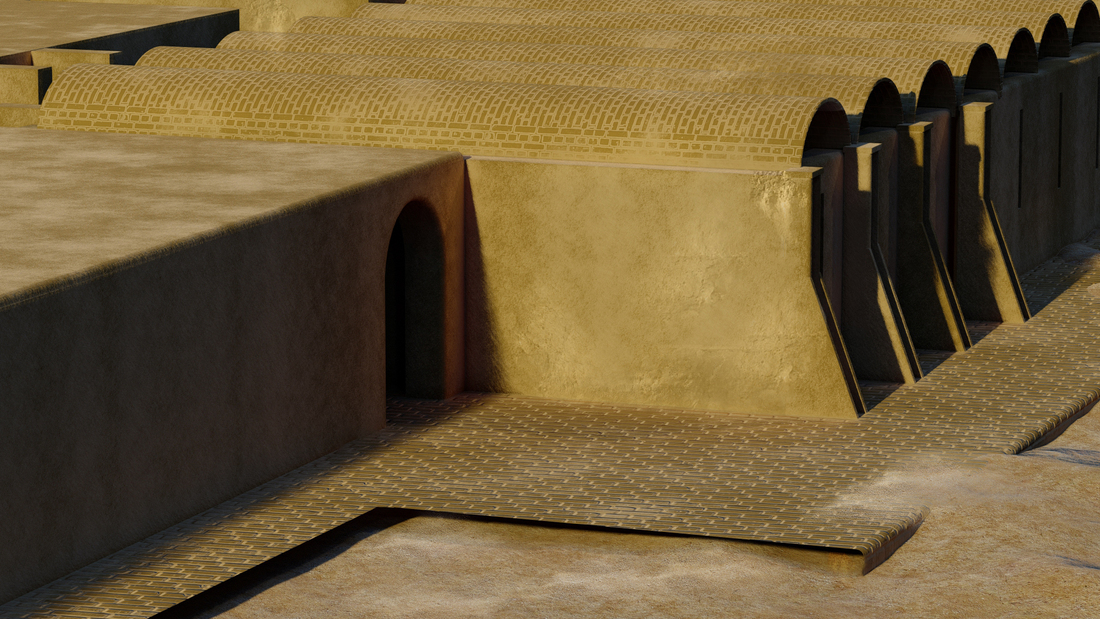
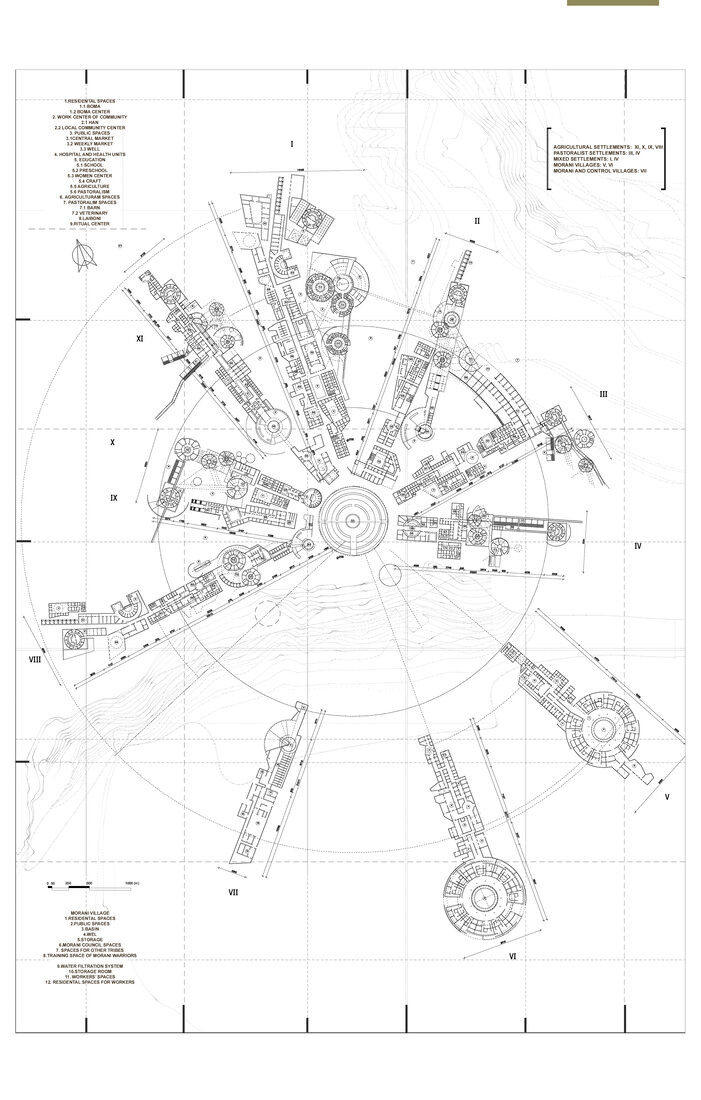
BRIDGES OF CARRARA QUARRY: COLLECTIVE SPACE RECLAIMED
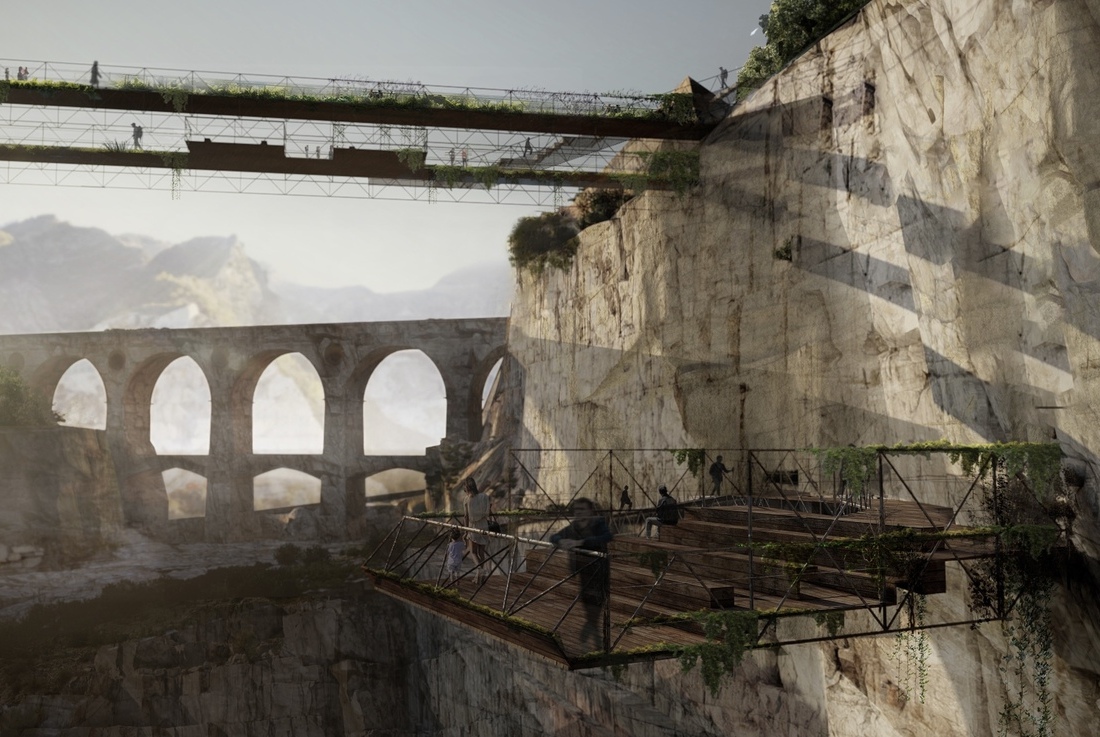
For over two millennia, the quarries of Carrara in northern Italy have been mined, carved, and exported - extracting not only stone, but silence from a landscape once sacred. These mountains, etched by Michelangelo’s footsteps, now stand fragmented, bearing the weight of cultural pride and ecological violence. Where industry emptied the earth, architecture must now propose a counter-narrative of the spatial and cultural role: one of restraint, regeneration, and redefinition.
This project reframes the quarry not as a post-industrial scar, but as a living terrain capable of hosting new rituals. Emerging from research rooted in material ecology and collective spatial ethics, the intervention establishes a low-impact framework for cultural reoccupation. Three elemental structures - a horizontal bridge between voids, a sloped platform with spaces for gathering, and a micro-shelter within an abandoned cave - compose a spatial syntax of views, intersections, and thresholds. These insertions, exist not to monumentalize the past, but to articulate a future of public agency in a subtractive landscape.
Constructed with reversible methods and site-compatible materials, the architecture is deliberately light: ephemeral in presence, precise in gesture. It is an architecture that refuses excess, shaped instead by absence. Through this, it generates space for contemplation, gathering, and landscape literacy.
This project was co-created under landscape mentoring from Snohetta.

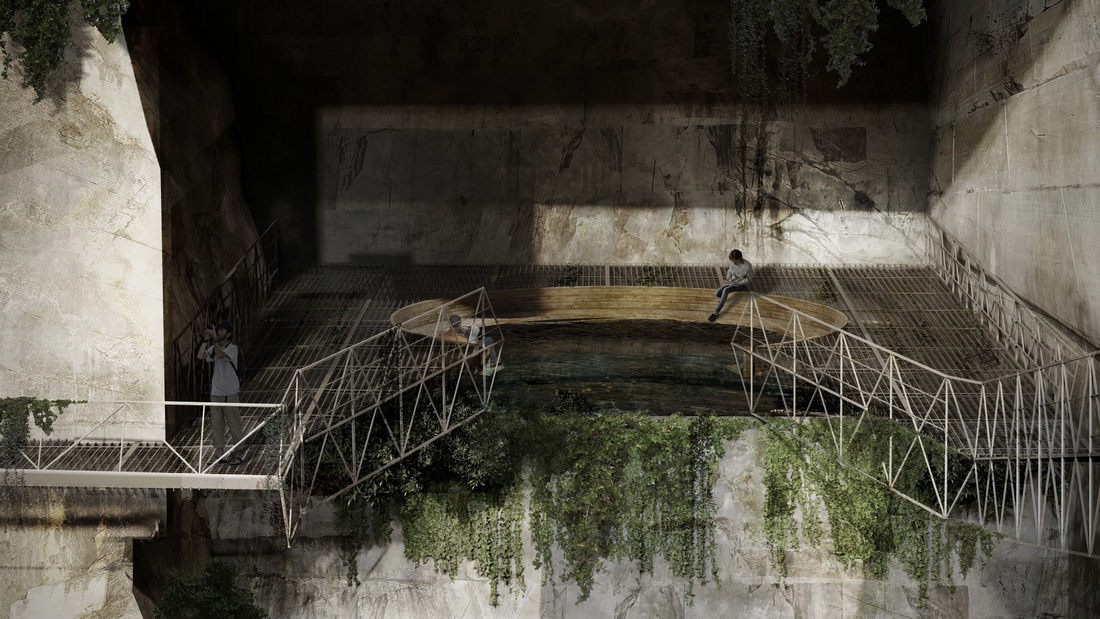
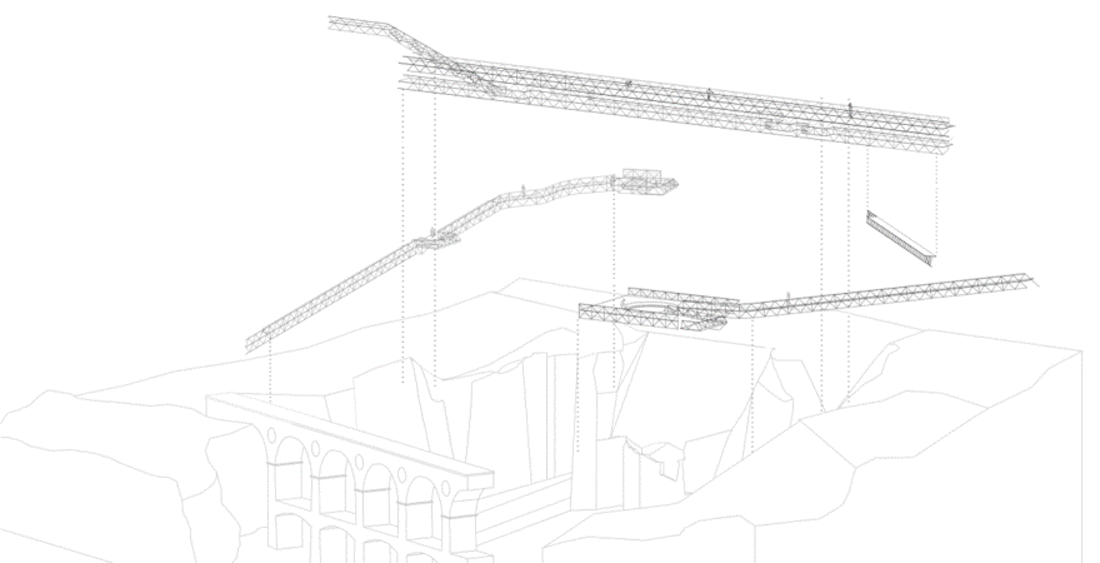
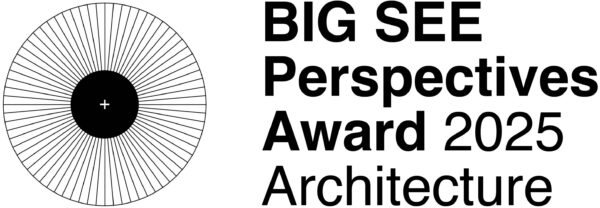
Sara Stojkanović
Architect and engineer working across Europe, Asia, and Africa. Her fieldwork and project-based practice focus on regenerative systems, humanitarian architecture, and participatory design.
She is the recipient of multiple international awards and the highest-ranked scholarship awardee & fellow of the architectural training mentored by Pritzker Laureates, through which she continues professional collaboration with the studio Snøhetta.
In 2023, she founded first Change Agency Umoja Maono Humanitarian Organization in East Africa, concentrating on sustainable interventions that enhance the societal and ecological resilience of local communities - pioneering model of Community-led Regeneration.
She led the realization of Tanzania’s first Community-led Regeneration Center (Maasai tribe, Kilimanjaro, 2024), integrating local resources and practices through participatory design. She also designed for Zambia’s refugee centers (2022) and Women’s safe houses & operation centers in Kenya (2025).
Since 2018, she has been a national coordinator for EASA, affiliated with the RIBA.
Contact
sara@stojkanovic.com



